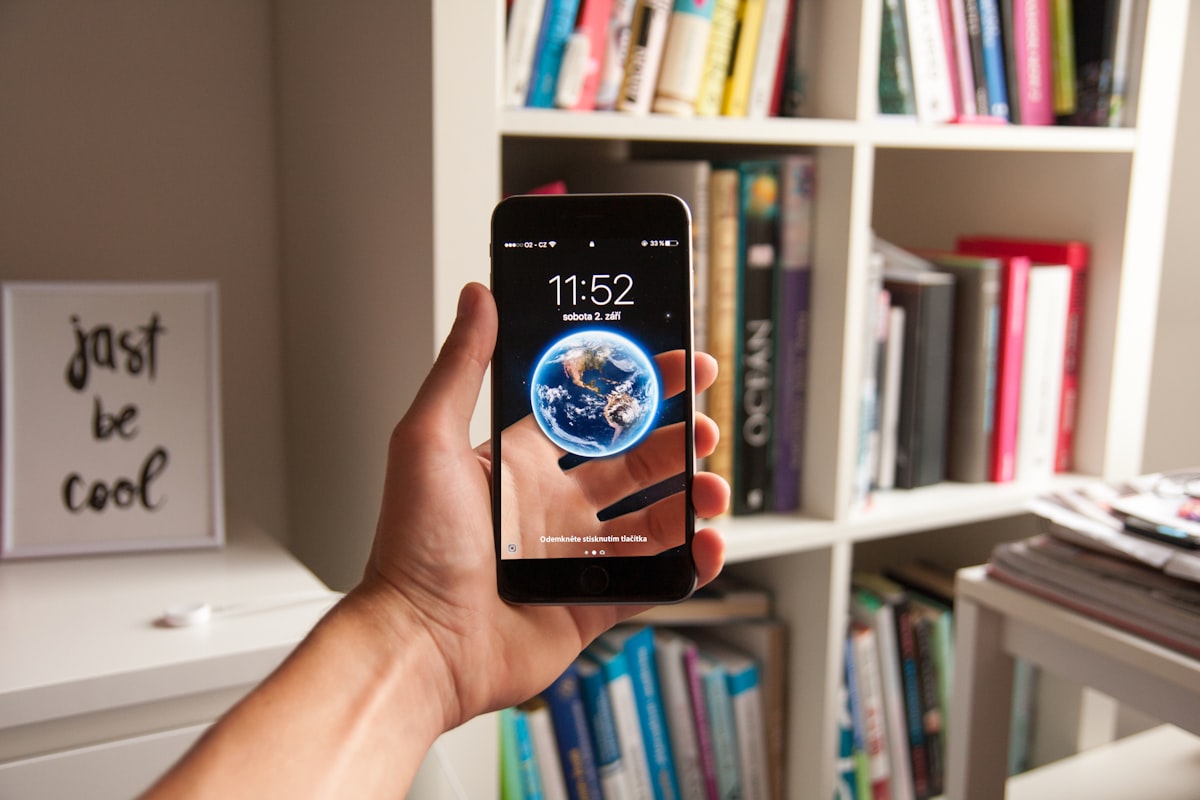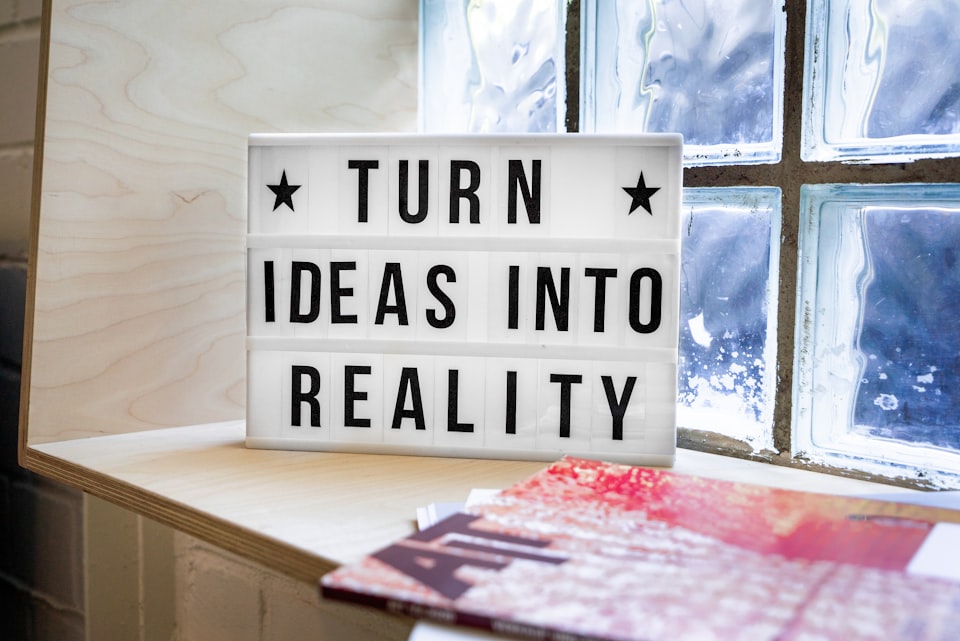No One Will Tell You the Truth About Augmented Reality

Show me a marketer who hasn’t been sold a Virtual Reality (VR) or Augmented Reality (AR) solution. It's always the next best thing since sliced bread.
One of the many reasons I love my job is being exposed to new technologies before they become mainstream. Seven or more years ago, AR was one of those technologies, but we knew little about what to do with it.
Thanks to Snap or Instagram, the media world has changed. But do marketers see AR as more than just a gimmick? What do you think?
What cool use cases have you seen recently?
I was a nonbeliever in the power of AR or VR until Pedigree built a campaign that answered a solid consumer insight: dogs don’t enjoy selfies as much as humans do. They are not as obsessed with front-facing cameras, as humans are. How can technology solve this?
Pedigree did it nicely, creating a leave-behind branded item that enables technology to do its magic better. Just google Pedigree and AR.
But Pedigree is not alone; Gucci showed us that AR can be used on other body parts, not just your face. All this to sell 500$ sneakers. Will it work?
Jewelry is another category where AR can do magic. In our post-social distancing times, AR helps by replacing awkward, sometimes masked in-store interactions or never-ending trials with an experience you can have at home. I assume the technology works even better on fingers than on faces.
Last but not least, IKEA shows us how to model our homes using AR. Their branded app allows anyone to browse unlimited color options and placements for that sofa or chair you always wanted next to your plant.
All those ideas have three significant benefits:
- They minimize the path to purchase,
- They solve a real problem = trial.
- They create a “coolness” factor for your brand.
What’s not to like?
I'm curious how the 2024 launches in this space will change the marketplace.




